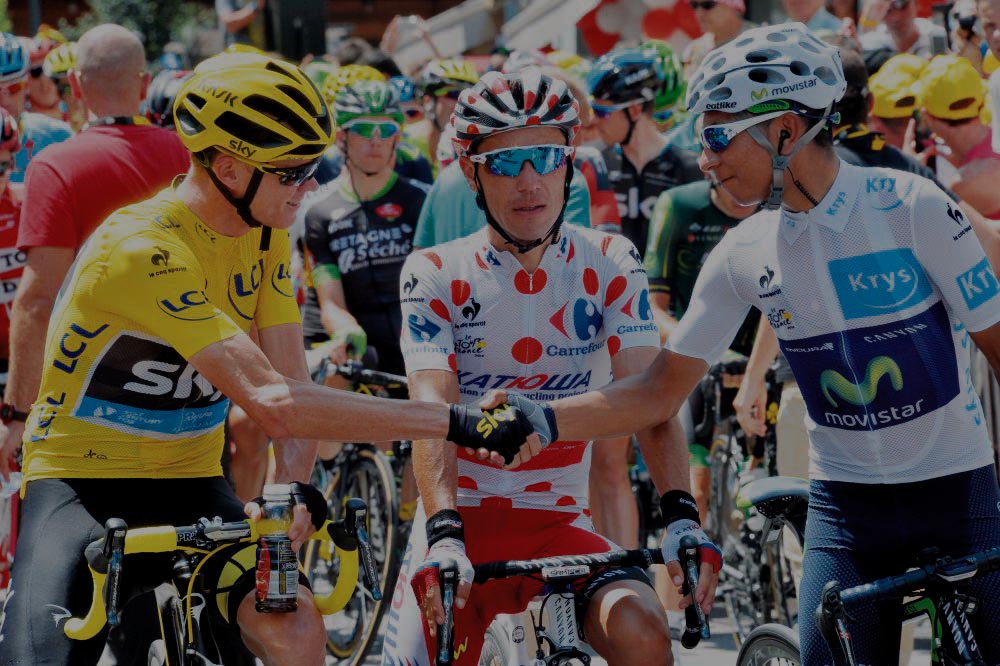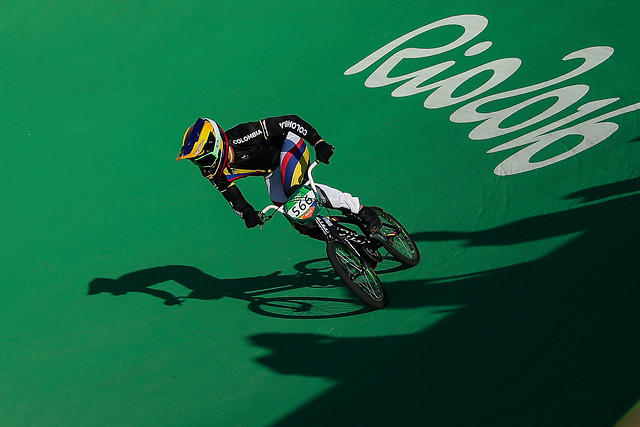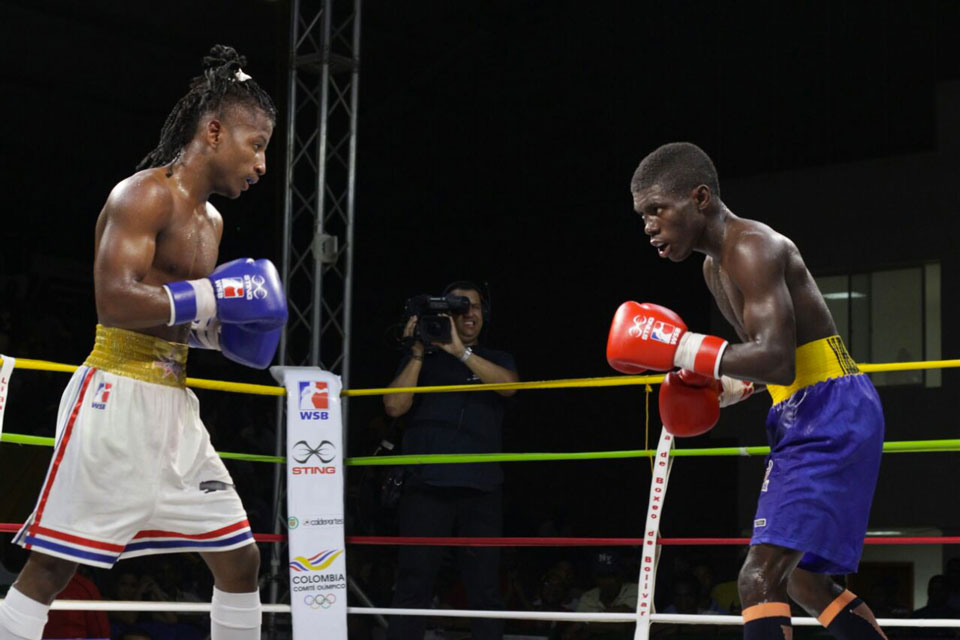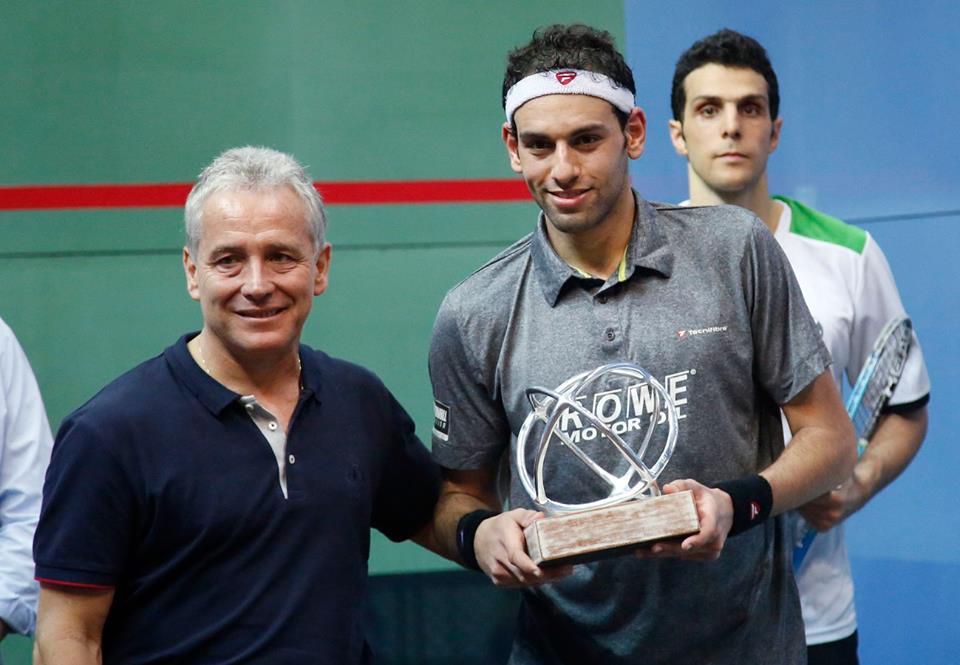
Nairo Quintana had to make do with the white jersey of best youngster in the Tour de France 2015 Photo: ASO/B.Bade-G.Demouveaux-P.Perreve-X.Bourgois
It’s 2pm, July 5 on a road from Utrecht towards the coast. It’s just started pouring and Tour de France spectators are losing their hats in the wind…
The tension is running high in the peloton. The riders are approaching a roundabout. There is a crash and some riders are forced to approach from the left side. Poor souls, little do they know how crucial this decision will prove.
Upon leaving the roundabout the whole left flank of riders get caught up in a strong headwind, while the opposite side, who don’t have to deal with so much wind, simply start to ride away. The peloton is split in two. The men left behind are Nairo Quintana and Vincenzo Nibali. Minutes pass and the advantage stubbornly increases.
Between pride and sadness“We lost the Tour in the first week,” Quintana said. “We tried attacking until the very end. I gave everything. I was only thinking about the yellow jersey.” |
When it finally settles around 45 seconds Nibali gets a puncture. That means no cooperation from the Astana team in the chase group. It’s all on Movistar, Nairo’s team. And the split continues to grow. Then Winner Anacona, his Colombian teammate, fighting the wind for the others, falls and it’s game over. A seemingly straightforward stage turns out to be crucial for the final results of the Tour. Nairo loses 90 seconds, time that he will never claw back.
This is the harsh reality of the Tour de France. To win it you need to be on top form, be skillful in managing your position in the peloton, be able to ride cobbles and know how to handle the media’s attention. The potential winner also needs a strong team and to be lucky. The overall winner, Christopher Froome could tick off all these things. And more, he seemed to have luck on his side in the first week. Then he destroyed his opposition in the first mountain stage, after which he limited his tactics to just following the back wheels of Valverde and Quintana. Interestingly enough, every time the Sky captain had a chance to steal even a single second, he took it – just to demoralise his main rival.
As for the media attention, Froome wasn’t very popular with the French press, nor some of the spectators. His dominance in the first two weeks of the race sparked suspicions of doping. Comparisons to Lance Armstrong’s performances in the past were drawn. The rider got spat at, verbally abused, ridiculed with hand gestures from the spectators. He told a press conference that he got urine thrown at him. Not an easy life for the yellow jersey holder.
Other riders from the ‘Fab 4’ took fourth and fifth position, although they were never really a threat after the first mountains arrived. Both Nibali and Contador lacked a bit of power on the climbs and the Spaniard’s ambition to take the double (Giro and Tour crowns) failed to materialise.
As for the other Colombians, two performances deserve a mention. Jarlinson Pantano came in at a highly respectable 19th position in his first appearance, while Anacona was a very important helper for Nairo’s assault in the final week.
The Tour brings twenty-one days of cycling at its best, with scandals, tears of joy, and tears of disappointment (like the heartbreaking withdrawal of Tejay van Garderen due to health problems while still occupying 3rd position in the general classification). It’s the yellow jersey changing its owner almost every day in the first week, sweltering days, bars in Bogota full of supporters watching their hero fighting for the highest prize in the cycling world. I’m already missing it.
By Arek Peryt




